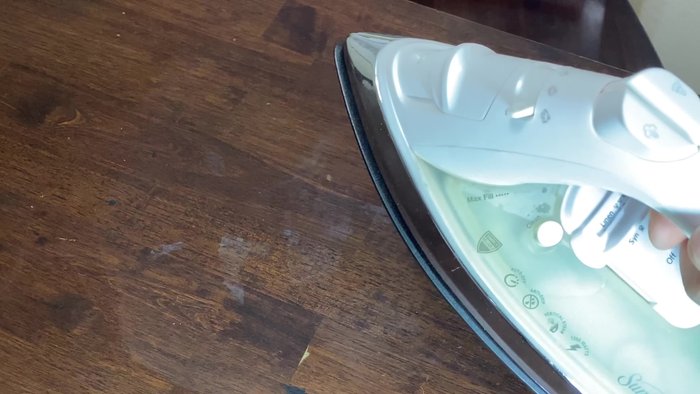Accidentally spilled nail polish remover on your cherished wooden furniture? The pungent smell and unsightly stain can be incredibly frustrating, leaving you wondering how to restore your piece to its former glory. While many cleaning solutions might seem like a viable option, harsh chemicals can often damage the wood's finish, leading to more problems than solutions. Fortunately, there's a surprisingly simple and effective method to tackle this common household mishap: ironing. This technique uses the heat and pressure of an iron to lift the stain from the wood's surface, leaving behind a clean, unblemished finish.
This surprisingly effective method avoids harsh chemicals and potentially damaging scrubbing. Forget expensive cleaning products and time-consuming scrubbing – let's explore a gentler, more eco-friendly approach. Ready to learn how to banish those stubborn nail polish remover stains? Follow our step-by-step guide to the ironing method, and soon your wooden surfaces will be looking as good as new.
Preparation and Safety Guidelines
- Iron
- Towel
- Always test the ironing method on an inconspicuous area of the wood first to ensure it doesn't damage the finish. Different wood types and finishes react differently.
- Use a low iron setting and a pressing cloth. High heat can scorch or damage the wood surface.
- Never iron directly onto the stained area without a pressing cloth. The iron's heat can melt the polish remover and spread the stain or damage the wood.
Step-by-Step Instructions
Prepare the Iron and Surface
- Set your iron to its highest heat setting.
- Place a towel over the stained area to protect the wood.


Prepare the Iron and Surface Iron the Stain
- Move the hot iron in circular motions over the towel to distribute the heat evenly.
- Add steam to accelerate the process (optional).
- Continue ironing until the stain disappears. Repeat as necessary, keeping the iron moving.




Iron the Stain
Read more: DIY Nail Polish Remover: Gentle & Effective (Removes Glitter!)
Tips
- Keep the iron moving to prevent burning the wood.





